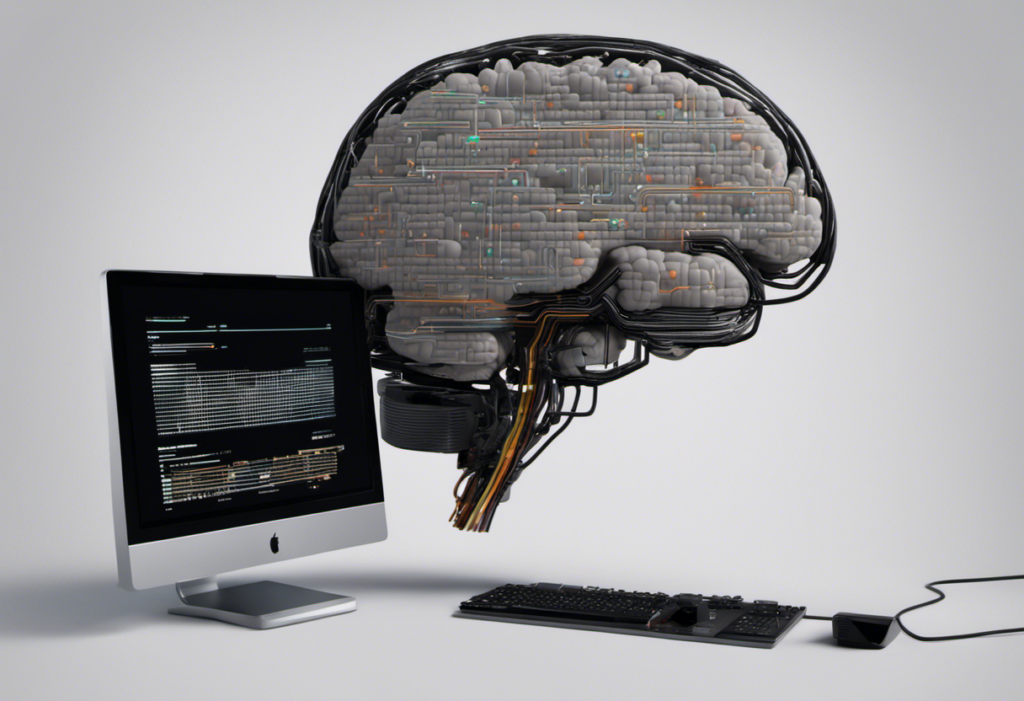What is GenAI and who are the main players?
For several years now, Artificial Intelligence has been revolutionising our society and transforming the way we interact with technology. But many people call things “Artificial Intelligence” that are not Artificial Intelligence… so what is Artificial Intelligence?
The concept of Artificial Intelligence was born in the 1950s, when pioneers such as Alan Turing and John McCarthy began to explore the possibility of creating machines that could simulate human thought. It was at that time when it was determined that AI is the ability of machines to learn, to reason and to make decisions autonomously, imitating human intelligence. Over the last few years, Artificial Intelligence has grown spectacularly and we see it in a lot of things and the concept of Generative Artificial Intelligence has become a trending topic.
Generative Artificial Intelligence
Generative AI is a branch of artificial intelligence that focuses on creating original and autonomous content, such as images, music and text, from input data. The difference between traditional AI and generative AI is that the first is based on rules and historical data and the second uses neural networks to produce new results.
Generative AI has been in development for several years, but it was the rise of ChatGPT that made it popular. The influence of Open AI’s GPT-3 (Generative Pre-trained Transformer 3) language model has been abysmal, setting an important milestone for the high quality of the texts generated thanks to prompts.
But what is a Prompt? A prompt is a question, a request, an instruction to an AI program to generate a result. Depending on the AI you use, you can create articles, images, music, videos or programming code.

Principal players
A number of companies are currently leading the way in the development of generative AI. These include:
- Google: has developed a number of generative AI models, such as BARD based on the LaMDA experimental language model designed by Google specifically for dialogue applications. Like ChatGPT, it is a conversational system where the user interacts with the model through regular messages and receives an output.
- OpenAI: Well known for its ChatGPT, OpenAI has also developed DALL-E 2, which is an interface that is able to generate realistic images from textual descriptions.
- Meta: Mark Zuckerberg’s company also has its own Generative AI product called Llama 2, which it has recently incorporated into its company products.
- Adobe: has developed the Sensei model, capable of generating creative content, such as videos and animations, and Firefly, which, from just a few words, can create graphics, use infinite colour combinations, fill or enlarge images and generate text effects.
- Microsoft: The Redmond-based company has Github Copilot, which is an AI assistant that helps develop code. It also has the Microsoft 365 Copilot product, which is the office suite assistant that makes certain types of tasks easier.
The truth is that every day more and more companies, using AI, help us to make our lives easier and increase our productivity. Like MAIA, which is a conversational AI capable of optimising the customer experience, improving customer satisfaction by managing complex processes in shorter times and in any contact channel.
MAIA is the conjunction of technology and human experience; it provides, first-hand, what users need thanks to the data and the interpretation of the people who work with them on a daily basis. Do you want to know more about MAIA? You can do it here.
